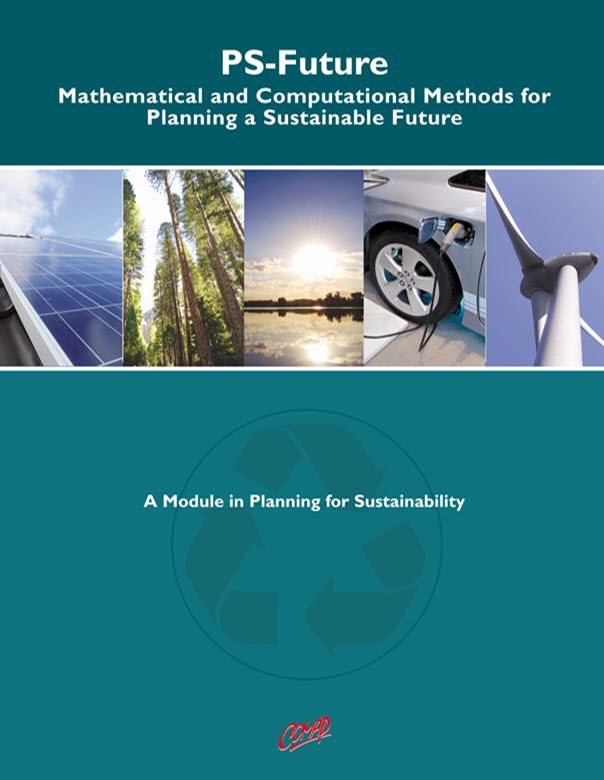Passive Solar (Student)
Author: David Black, Christine Lauer and Katrina Palmer
About This Module:
This module is written to be taught in one week of class time and is separated into five lessons of approximately 45 minutes each. Lessons can be combined to accommodate a block schedule or lengthened to provide class time for homework assignments. Teacher’s notes are provided to increase the rigor necessary to suitably challenge students of higher grade and experience levels. The student activities handouts are in the appendix. In what types of classes could this module be used?
This module is suitable for students in Environmental Science or Pre-Calculus who have had right-triangle trigonometry. Teachers may wish to reduce or eliminate parts of Lesson 2, depending on students’ trigonometry experience.
Prerequisite skills
• Students should understand basic earth science
• Students should understand basic right-triangle trigonometry, that is, they should be able to apply SOA CAH TOA to basic right triangles. Required materials
• Big copy paper box (or similar)—1 per group (of 4)
• 12" x 24" sheet of cardboard (approximate)
• Insulated cups
• Materials for thermal mass: sand, water, plaster of Paris, wood shavings or other.
• Graph paper
• Flashlight or height-adjustable desk lamp
• Heat lamp or desk lamp with reflective bulb
• Copies of the relevant student worksheets, 1 per student
• Method to watch online animations and videos as a class, such as a computer and projector
Summary of lessons
Lesson 1: Students learn about passive solar and passive cooling.
Lesson 2: Students review right-triangle trigonometry, then apply SOA CAH TOA to basic passive solar problems.
Lesson 3: Students work to understand thermal mass.
Lesson 4: Students learn about declination and how to orient their house due south. They also learn how the angle of the sun varies throughout the year.
Lesson 5: Students discover how overhangs are used to block the summer sun.
About the PS-Future project and its modules
The PS-Future project is a collaboration led by Rutgers University involving the Center for Discrete Mathematics and Theoretical Computer Science (DIMACS), the School of Environmental and Biological Sciences, and Heldrich Center for Workforce Development at Rutgers University; the Consortium for Mathematics and its Applications (COMAP); Colorado State University; the Groton School; Hobart and William Smith Colleges; and a number of authors and educators from around the country.
The modules are intended to provide 4-6 days of classroom activities on a variety of topics that apply computational and mathematical methods in sustainability. Each module links to Common Core State Standards (CCSS) in Mathematics and targets content for a particular mathematics course. Each module also addresses disciplinary core concepts required by the Next Generation Science Standards (NGSS), especially targeting concepts taught in Environmental Science and Biology courses. The modules are also particularly suited to address Practice Standards for both mathematics and science.
Each module contains examples of jobs related to the module topic, together with a discussion of the skills and training required, as well as information on the salary and future demand for such jobs. In many cases, specific job titles are mentioned within the modules.

Mathematics Topics:
Application Areas:
Prerequisites:
You must have one of our Free Memberships or a paid Full Membership to download this resource.
If you're already a member, login here.